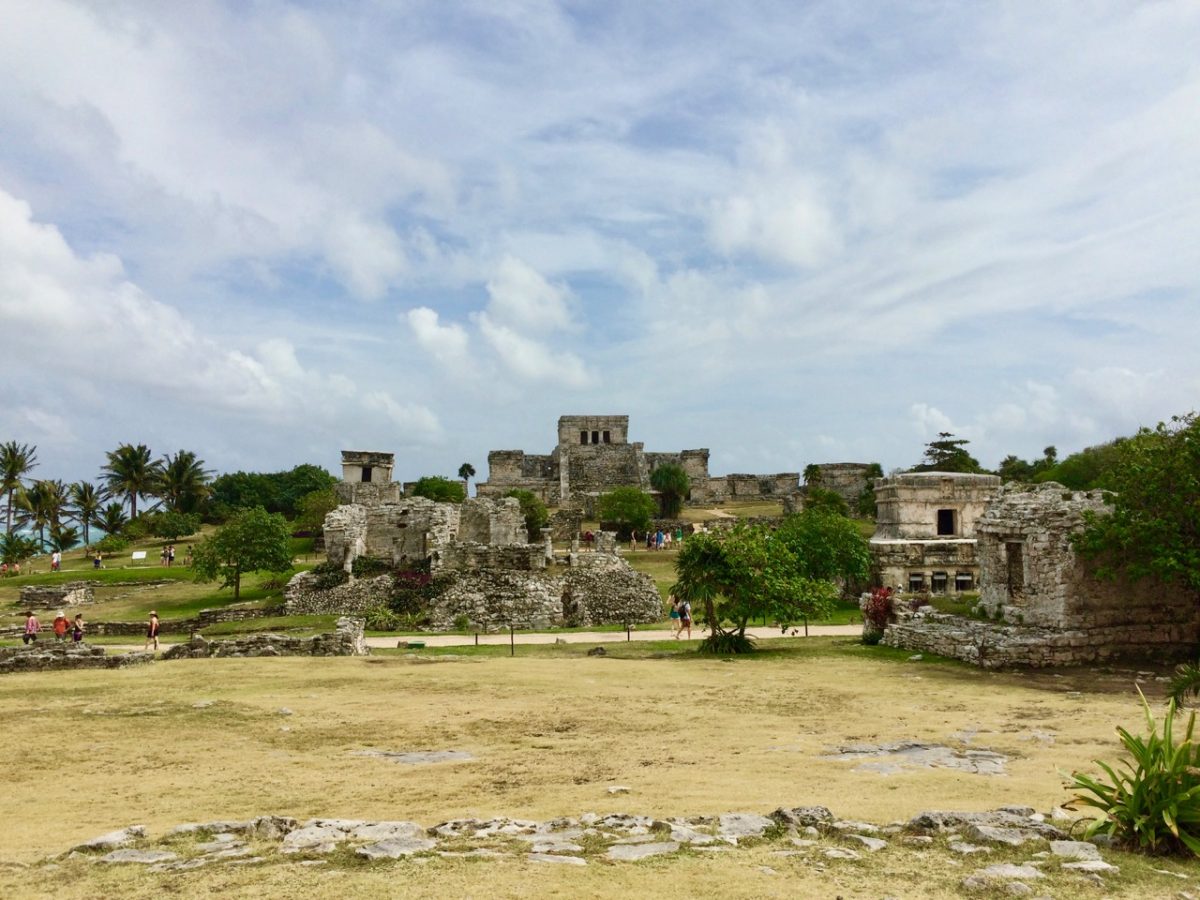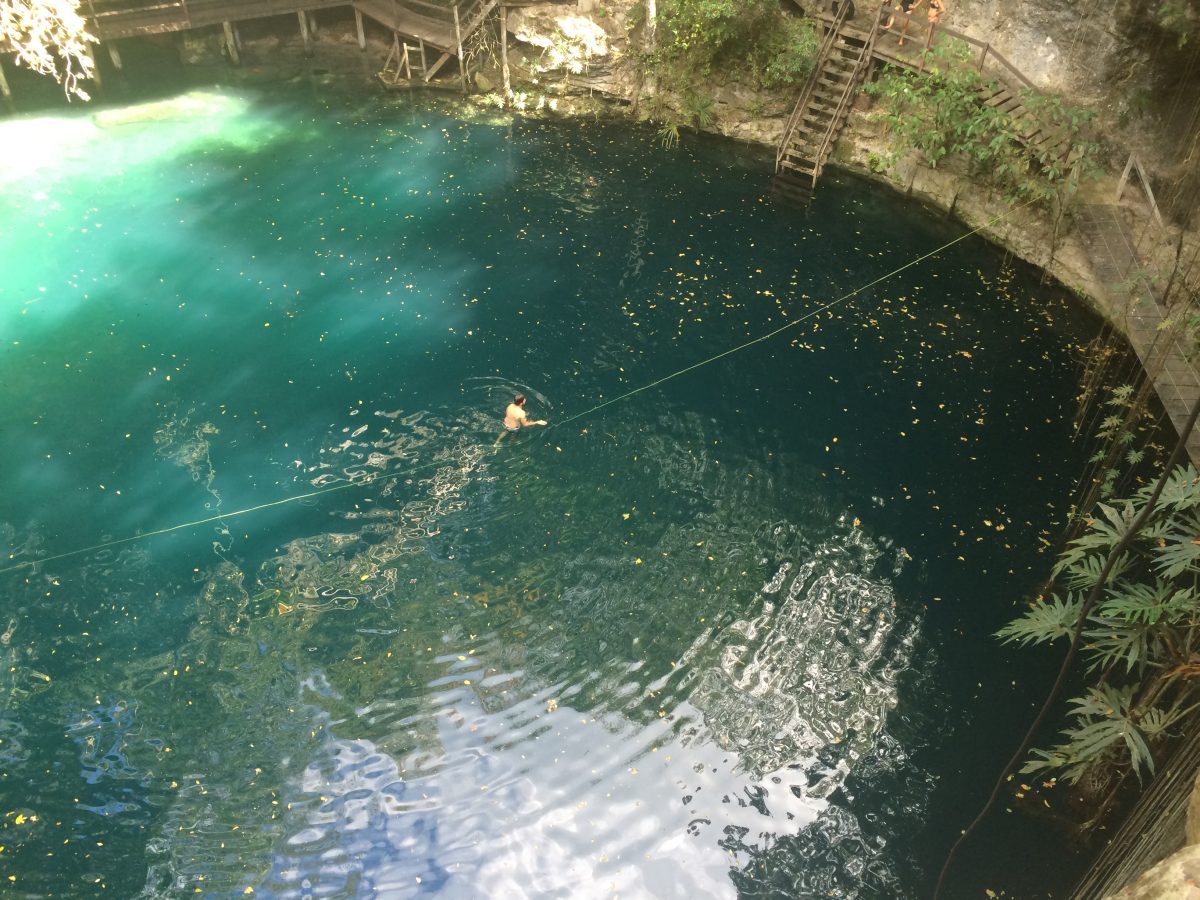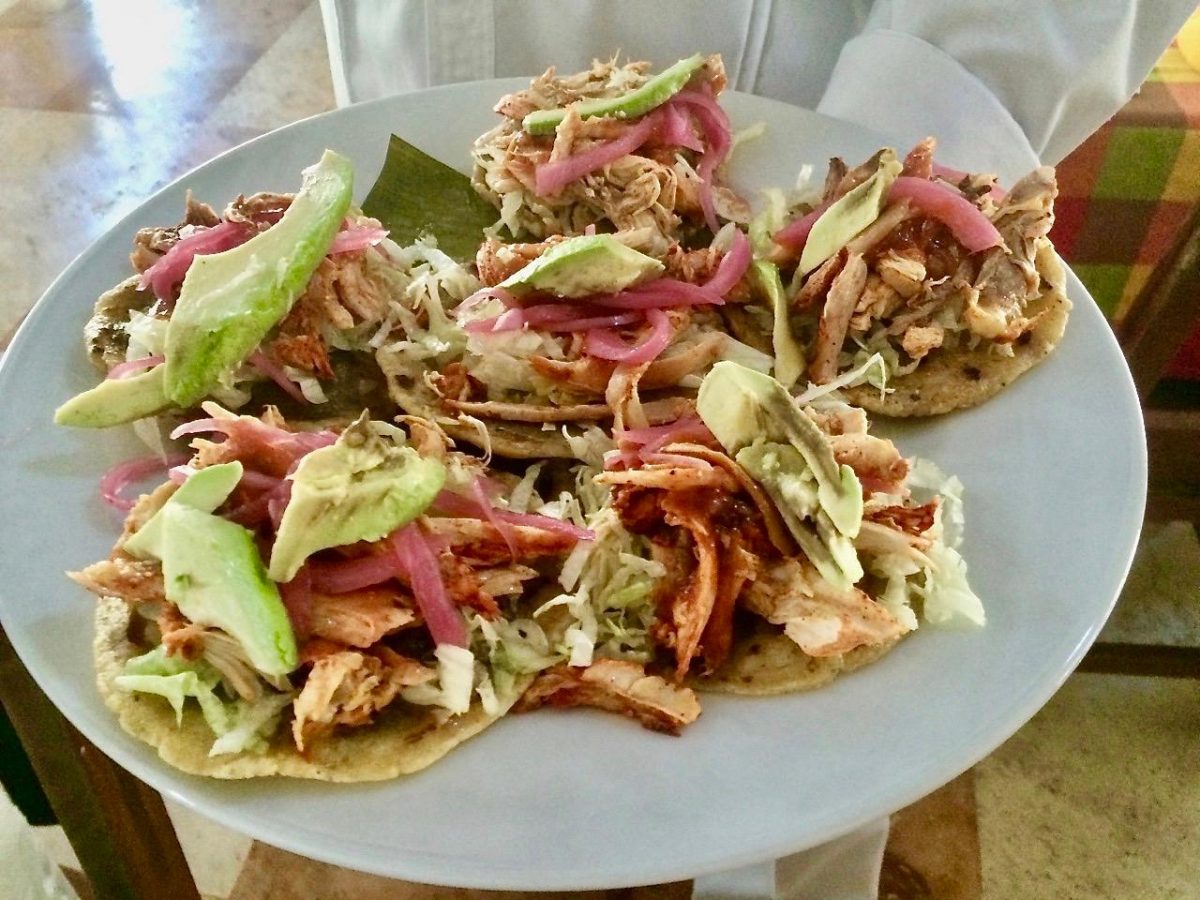Cuisine Noir Magazine. Aug 2019.
Here’s how you can skip the beaches to experience the real charm of the Yucatán Peninsula.
With sunny weather, historic ruins and beautiful beaches along the Gulf of Mexico, the state of Yucatán in Eastern Mexico is popular among international tourists. The most commonly known beach towns here are Cancún, Playa del Carmel and Cozumel. However, if you are not looking for all-inclusive beach destinations and an energetic party atmosphere, there is rich Mexican culture and cuisine to be discovered in the Yucatán Peninsula.
Charming Magic Towns
Cobblestone streets, colorful buildings and colonial-era cathedrals make Valladolid one of the Pueblos Mágicos (or “magic towns”) of Mexico. These are a series of cities that preserve the history and culture, making them “magical” in some ways. While the gridlike downtown offers a variety of handicraft shops, art galleries and restaurants, Valladolid is also a good base for visiting Mayan ruins and cenotes in the Yucatán.
Most buildings are painted yellow in Izamal, a small city that was a site of pilgrimage for the Maya dedicated to the creator god “Itzamna” and sun god “Kinich Ahau.” Here you can see a colonial Franciscan monastery from the 1500s, Maya ruins and cultural museum. Sundays are especially great to visit as the Parque Zamna is filled with live music, shops and vendors selling local food.
Ancient Mayan Ruins
Yucatán has a higher concentration of Mayan descendants than other parts of Mexico, and you can see many ruins of pyramids and temples here. The most famous one is Chichén Itzá, the largest pyramid and a stone temple site. If you want to get away from the crowd of visitors, go to Uxmal, one of the most important cities in the Mayan world with well-preserved rounded-edge pyramids.

The ruins of the ancient Mayan holy city of Tulum stand on rugged cliffs overlooking the sea. Ek’Balam, translating to “the black jaguar,” is less known but still an impressive archaeological site, bustling from 660 BC to 1600 AD. You can see the city walls and ruins of about 45 structures surrounded by a dense forest here.
Cultural Capital
Mérida is the capital of Yucatán and one of the most cosmopolitan cities in the country. It is home to educated, higher-income Mexicans and ex-pats who live in renovated Spanish bungalows, as well as newly constructed modern flats. As you make your way down from the main avenue, Paseo de Montejo, you can see featured art commissions, leading into a row of boutiques, theaters and museums. There are free cultural events every weekend from music and dance to art exhibits and Mexican festivals.
The Gran Museo del Mundo Maya in Mérida is one of the best museums that preserve Maya culture, with more than 1100 artifacts. There is also a free light and sound show in the evening.

Refreshing Cenotes
Swim and snorkel in one of more than 5,000 natural pools called cenotes, located all around the Yucatán. Cenotes are sinkholes resulting from collapsing limestone bedrocks and were often used by the ancient Maya for sacrificial rituals. Today, they are tourist attractions, offering a refuge from the heat and a chance to be one with nature. Cenote Xkeken and Cenote Samula are two of the most well-known cenotes around Valladolid, because of their blue water and striking cave formations.
Luxurious Haciendas
Another great way to enjoy the authentic charm of the Yucatán is by staying at Hacienda Sotuta de Peon. This 19th-century working plantation and estate was converted into a villa-hotel and restaurant that retains an old-world charm. Stroll around the henequen plants, take a dip in the cenote, or soak in the scenery from your ceramic tiled deck. The beautiful setting of the hacienda makes it an ideal place for weddings and retreats.
Lunchtimes are busier at the haciendas as day-trippers stop by for tours and gourmet meals served in the garden.
Yucatecan Cuisine
Another reason to visit Yucatán is for its food! The cuisine of the Yucatán is somewhat different from what you would find in the rest of Mexico. Mayan, Caribbean, Spanish, North African, and Middle Eastern cultures are reflected in the spicy and well-rounded dishes, such as sopa de lima, pauchos, salbutes, poc chuc and cochinita pibil (the national dish).

All of the destinations in the Yucatán are within a couple of hours drive from each other. There are many local hotels and haciendas around the state where you stay as a base for day trips to experience a few different locations. The Yucatán is also the safest state in Mexico and is easy to travel on your own, though some knowledge of Spanish will come in handy.
Visit Travel Yucatán at https://travelyucatan.com to “Find Your Inner Peace” and start planning your next Mexican getaway.
~ Written for & published by Cuisine Noir Magazine. All rights reserved.